During the course of the last few years, I’ve taken a LOT of road trips.
Whether it’s been driving from one side of the USA to the other (and back again), or driving across Europe for a summer holiday when we lived in Amsterdam, it’s fair to say that my husband and I have clocked up a lot of miles.
And considering we don’t own a car, that’s pretty impressive.
I’ll be honest; before I met Scott, I had never rented a car in my life. I never had a need, as I owned my own car and did very little long-distance driving.
But since 2013, I would honestly say that we’ve probably rented around 30+ cars in different places around the world. Heck, I’m even a Hertz Gold Plus member now, darlings.
And I’d always assumed that renting cars would be a daunting and time-consuming experience. But once you’ve done it a handful of times, you quickly get into the groove of what ID you need to produce, what’s expected of you and what to look out for at each rental.
So here are a few of my tips, to help you navigate the quirks of renting a car while travelling.
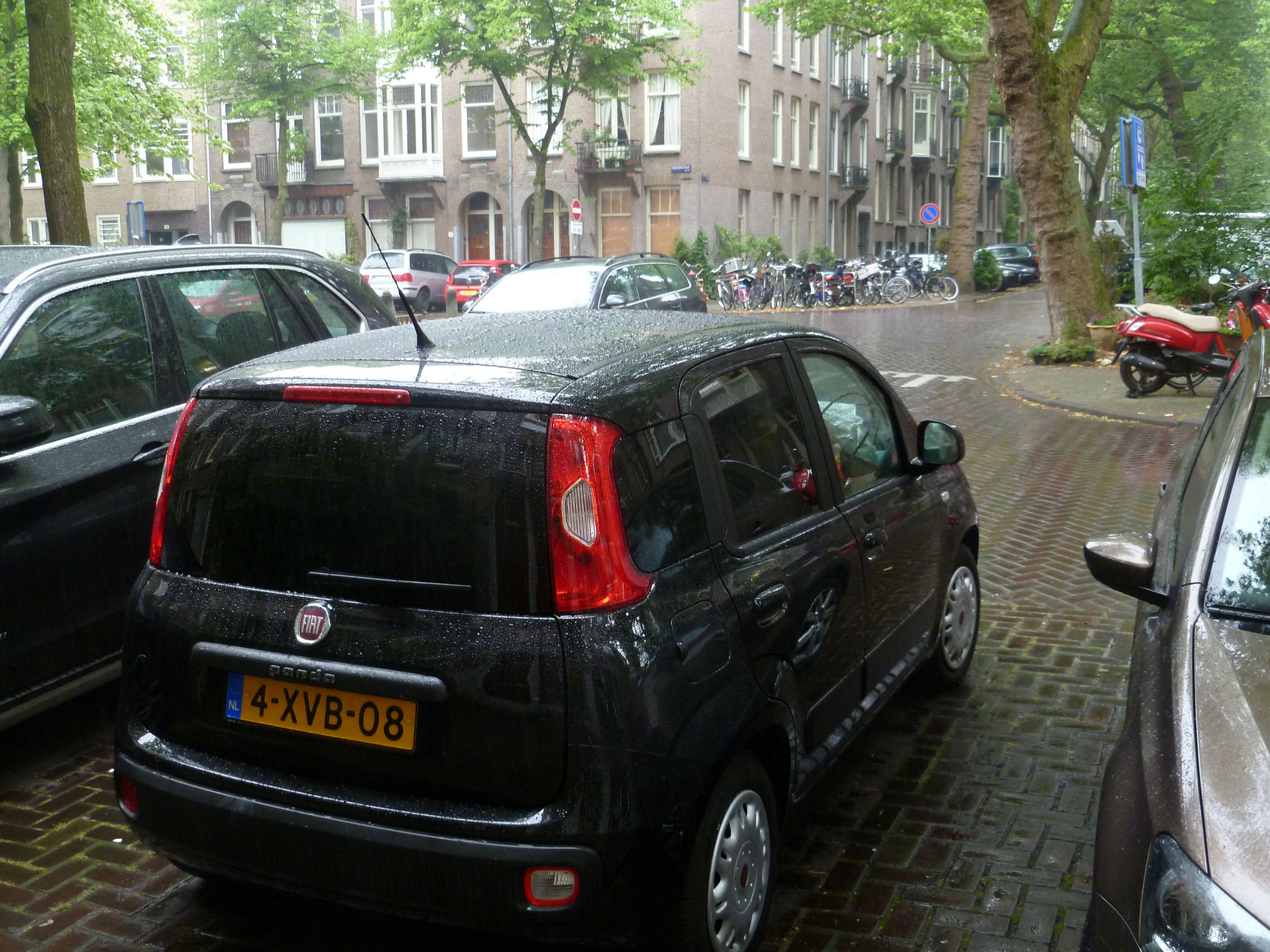
Shop Around Online for the Best Deals
This should really be a no-brainer in today’s day and age, but it really does pay to shop around online – as far in advance as you can.
Check comparison websites, as well as each of the individual car rental company’s websites themselves, to cross-check prices and packages.
Also bear in mind that prices tend to be higher during the week, due to business people requiring rental cars for work, so you’ll almost always get a better deal if you rent a car from Friday to Sunday.
Check Limitations (Mileage, Areas of Travel, etc.)
Always check the terms and conditions of a rental car quote before you book it. Some companies will offer very attractive rates, but specify that you can only drive a certain number of miles during the rental, for example. This would be useless for someone who plans to drive around a whole country during a multi-stop trip.
Other conditions can include no crossing of international borders or extra fees for pick-up at certain rental locations (particularly if they aren’t situated somewhere central like an airport).
As with everything in life, always read the small print before you part with your cash.

Make Sure You’re Covered for the Basic Insurance
If you rent a car in the UK, Australia or Europe (at the desk or online in the local currency), you will automatically be covered for that company’s basic third-party insurance. This is usually referred to as a Collision Damage Waiver and/or Theft Protection.
This is not comprehensive insurance and it requires you to pay an excess (the sum of which should be made clear to you at the time of booking) should the car be stolen or damaged.
It basically means that, instead of having to pay back the cost of the car, you instead have to pay a fixed sum (often around £1000) as a one-off payment.
In the USA, this does not apply. Car rental companies there are not obliged to include the minimum car insurance as standard, largely because many American credit card companies offer some kind of basic car insurance to their customers.
This means that, although prices may seem ridiculously cheap compared to other parts of the world, you may have absolutely zero protection should you get into an accident or the car is stolen. Even the cover provided by credit card companies is minimal at best and can often be worse than having the protection provided by the rental company themselves.
So again, always read the small print. Find out what you are and are not covered for in the event of any damage – no matter how small.
Case in point: we once had a nail in a rental car tyre that resulted in a flat tyre (although it was likely in the tyre from the moment we drove off the rental lot). The basic insurance covered the cost of the breakdown service to come and change the spare tyre for us, but when we drove back to the rental location, they told us we would either need to get a new tyre fitted at our own cost or would have to pay a much higher sum to the rental company in order for them to get it fixed. In this scenario, the Collision Damage Waiver (CDW) covered us for breakdown assistance to get us back on the road but did not cover the cost of the actual tyre.
Which brings me on to my next point…
Buy Added Insurance Cover Online at a Cheaper Rate
Rental companies will ALWAYS try and up-sell insurance when you go to pick up the car. It’s part of their job and, in all honesty, it actually is something that everyone should have.
This added car rental insurance usually ensures that you don’t have to pay an excess amount should something happen to the car and often also includes the cost of small damage to the car such as chips in the windscreen or replacement tyres (as in my real-life example).
Therefore, if you’re driving abroad – perhaps on the opposite side of the road to the one you’re used to, or are covering long distances – it’s always worth getting this extra car rental damage insurance by buying it online before you pick up your car, particularly in the USA where the terms of rental insurance are a little more fluid.
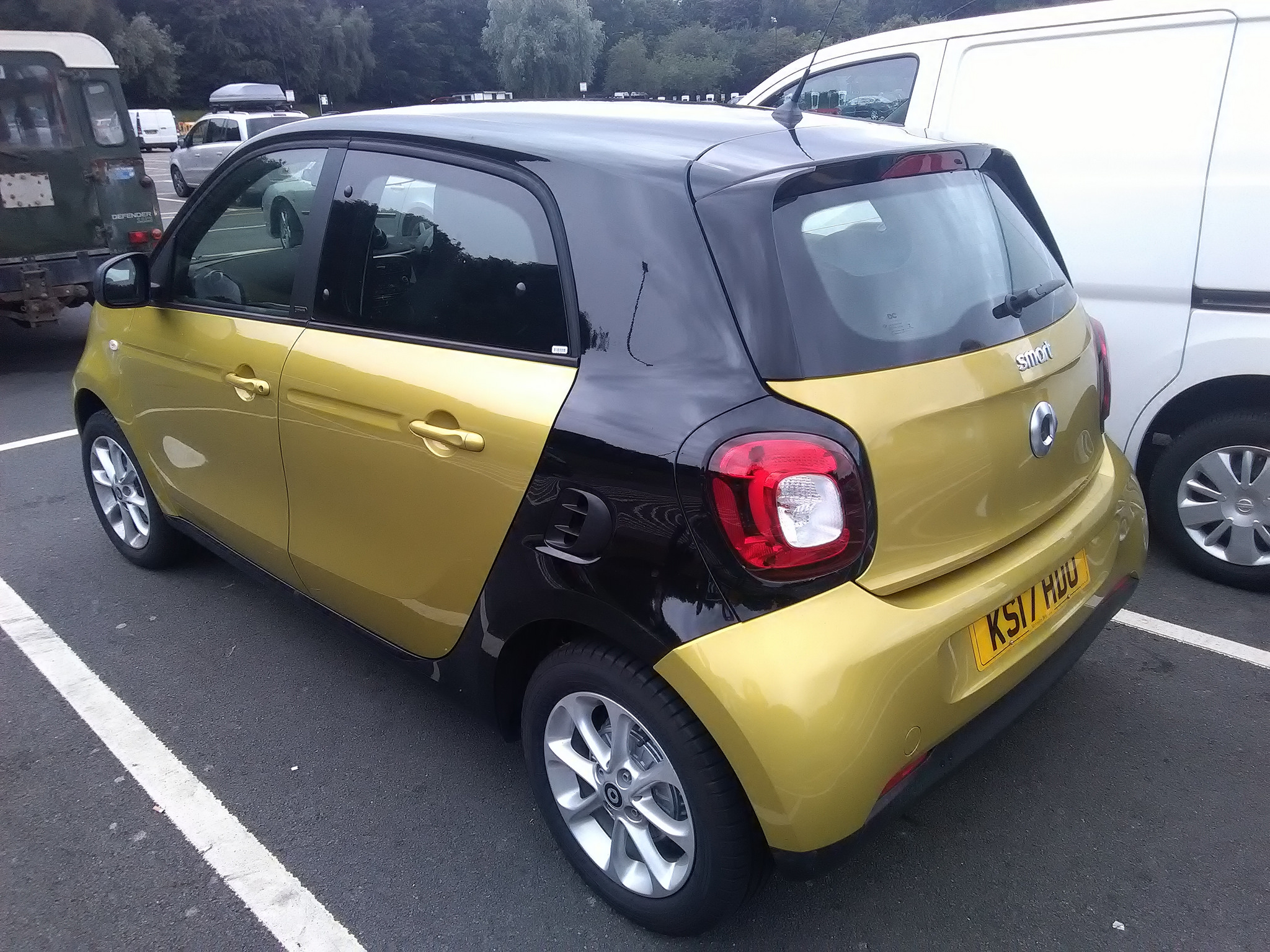
Only Add Extra Drivers for the Days You Need Them
If you’re going to be sharing the driving with someone else (a good idea if you’re doing a multi-day road trip), then you’ll need to add a second driver onto the rental aside from the person who made the booking.
This offers protection both from a legal and insurance standpoint for everybody concerned.
Additional drivers fees are usually calculated on a cost-per-day basis (e.g. £10/day for the length of the rental), but many people don’t realise that a lot of rental companies will allow you to specify certain days you want the additional driver added on to the basic insurance for.
So, if you know you’re going to only need to share the driving with someone else on the first and last days of your holiday, then ask for them to be added only on those days, to save you money.
Just make sure they don’t drive the car any days you haven’t specified.
Bring Proof of Onward Travel as Well as Your Driving Licence
If you’re arriving at a destination by plane, train or ferry and then renting a car straight away, some rental companies will expect to see proof of travel.
This could be just your flight number, or your train tickets, etc. but make sure you always have them to hand, just in case.
Ensure Your Credit Card Has Some Credit on It
Every time you rent a car, you’ll be expected to produce a valid credit card onto which a ‘hold’ of a certain amount of money will be placed. This is a deposit and ensures that the rental company knows that you have money available on your card, should you just go AWOL with their expensive car during your holiday.
So make sure you find out the amount that the company will hold (it varies from company to company) and then ensure at least that amount is available on your credit card.
(Some companies do allow debit cards to hold deposits, but you have to check before you book whether this is the case. If you use a debit card, the money will actually be deducted from your bank account until you return the car and then refunded to you, unlike with a credit card where the payment shows as a ‘pending’ transaction and is never actually withdrawn).
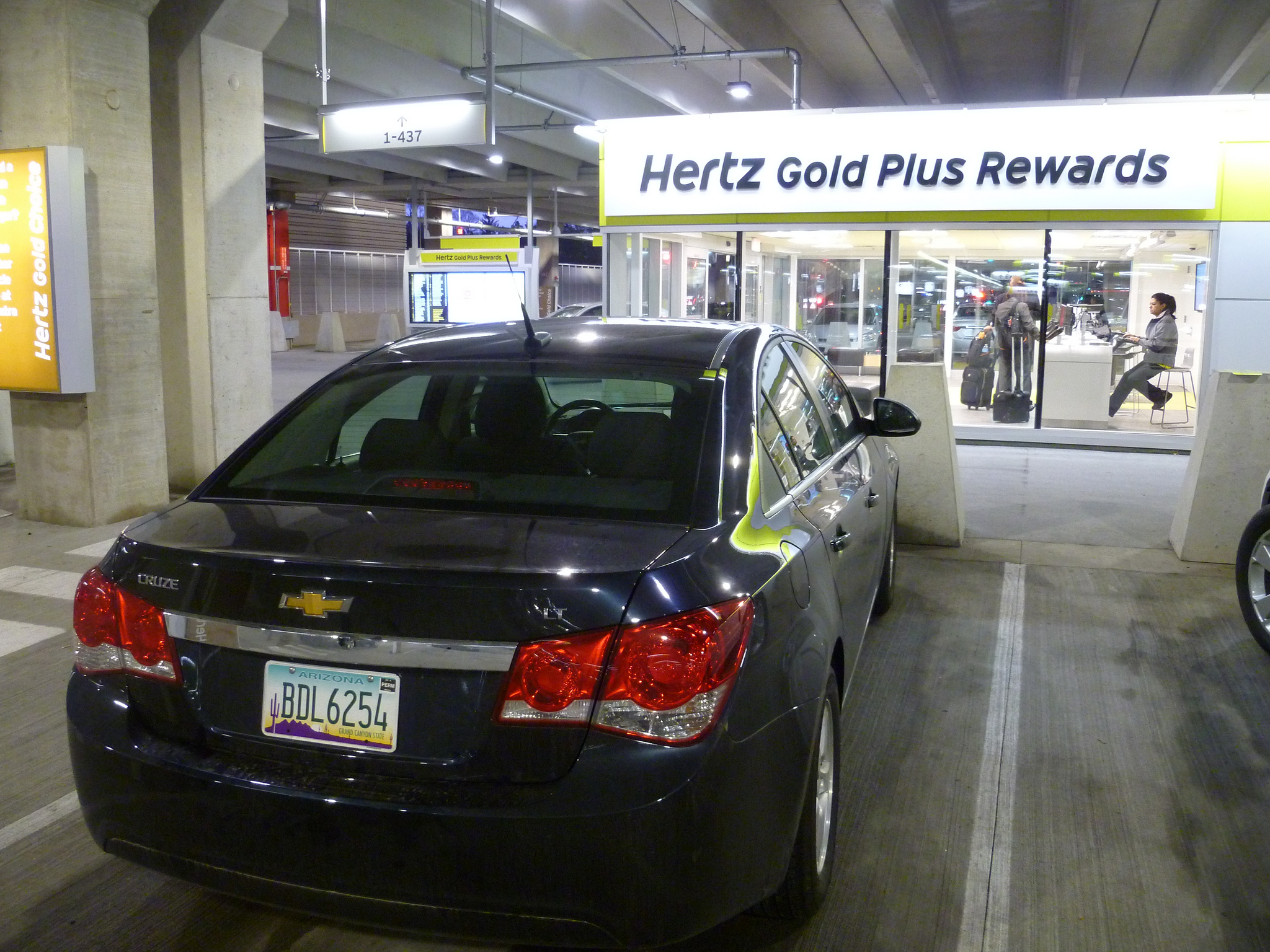
Inspect the Car with a Member of Staff Fully Before Driving Away
Almost all rental companies will do a ‘walk-around’ of the vehicle with you to inspect the car before you drive away in it, in order to point out any existing scratches, dents or faults.
You must inspect it fully yourself, checking the tyres (including the spare tyre in the boot) and make sure you point out anything that looks amiss to make sure they include it on the paperwork you’ll sign before you leave. This is to cover you in case of any claims they make about damage after the rental has ended.
Make Sure You Have the Necessary Paperwork / Kit for Crossing Borders
If you’re planning on taking the car across international borders, make sure that your policy covers you for this (some companies will charge an extra fee) and also ensure you have any paperwork needed to show authorities in other countries.
For example, if you’re driving through France, you need something called a French Clean Air Sticker. In Switzerland, you have to have a Motorway Sticker and throughout Europe in general it is a requirement to purchase a specific breakdown kit for use in case of emergencies. In some countries, the law dictates that you need an international driving licence as well as one from your own country.
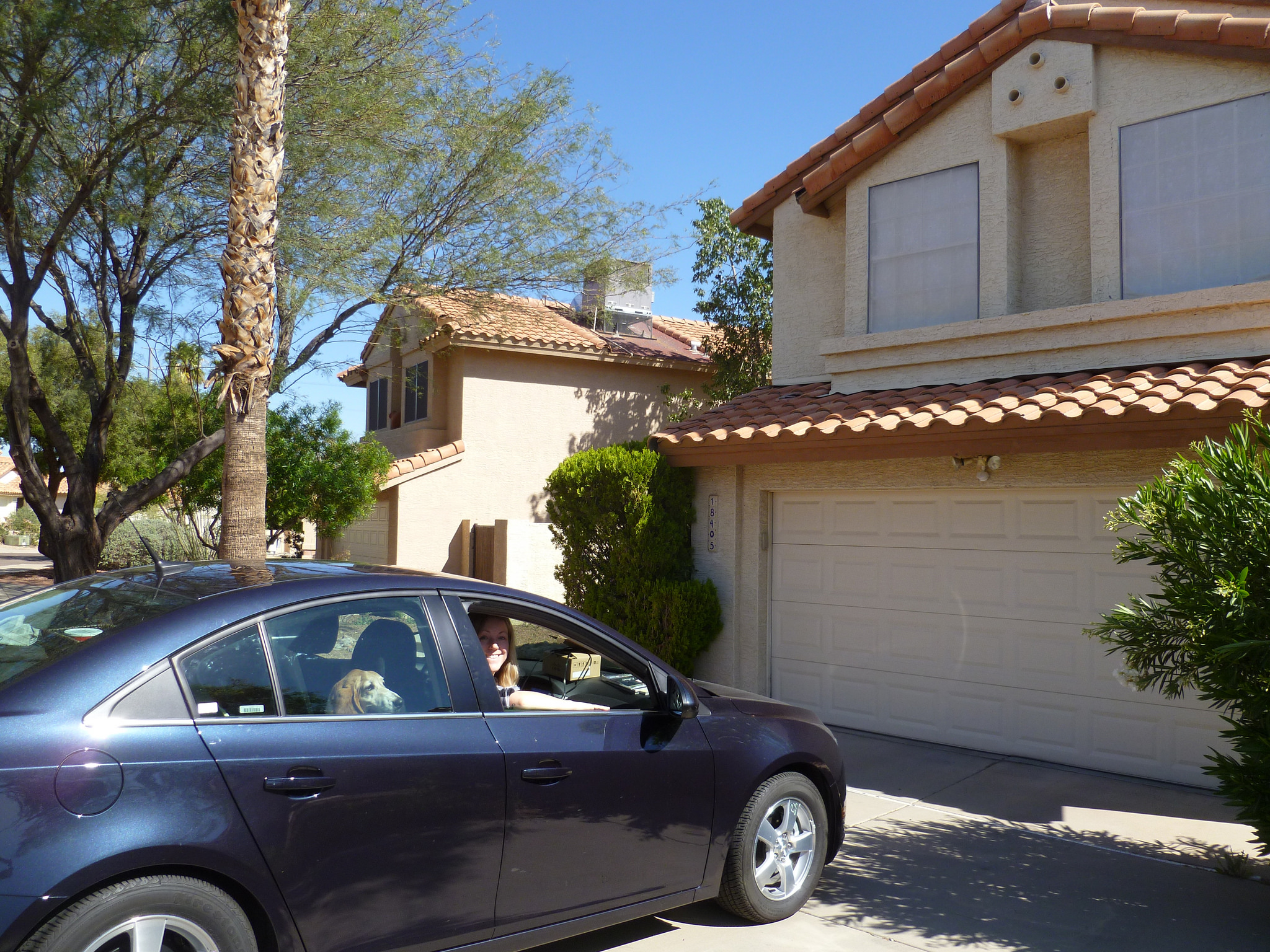
Return the Car with a Full Tank of Fuel (And Keep the Receipts If Possible)
Nearly all rental companies will offer to refill the tank of gas for you at their own company rates if you return it empty.
You should avoid doing this if at all possible because the rates they charge will never be as competitive as at a real gas station and they will always add VAT or tax on top of the price.
Once you’ve topped up the tank – do this in a station as close to the rental company as possible to avoid the needle dropping below ‘full’ – make sure you get a receipt, in case there is any later dispute about whether the tank was filled up prior to drop-off.
And there you have it! Although this seems like a ridiculously long list of things to do and remember, once you’ve done it a couple of times, it will become a breeze.
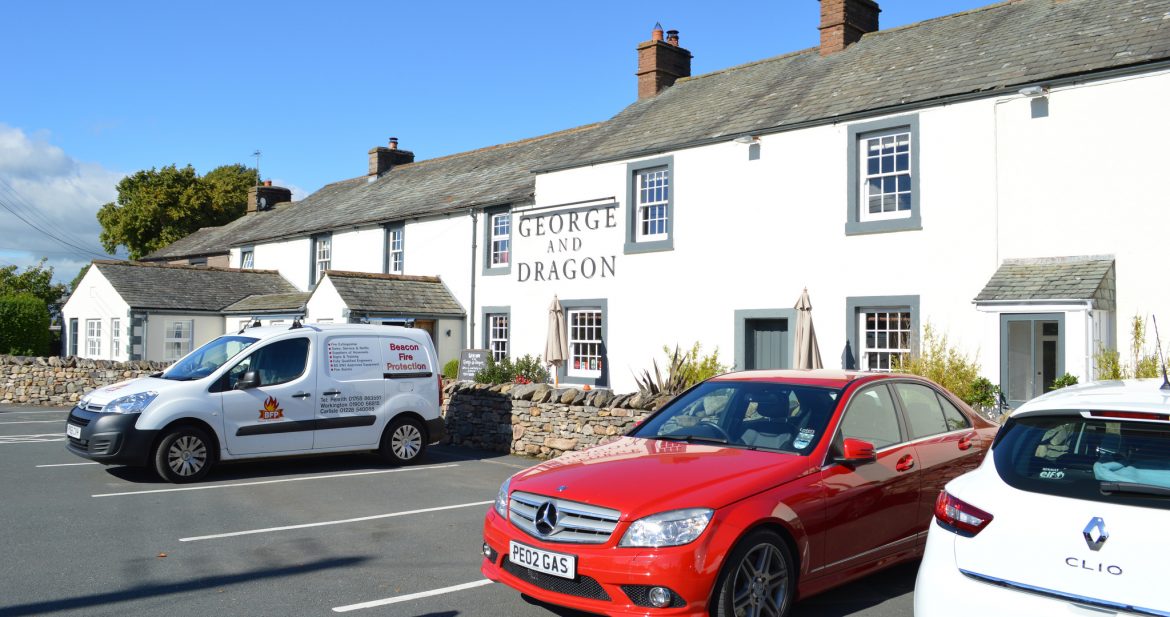
Leave a Reply